Friday, 23/11/2012 09:31 (GMT+7)
(CPV) – “The Legend of Long Bien Bridge” exhibition is taking place at the Vietnam Culture and Arts Exhibition Centre, Hoa Lu, Hanoi from November 21-24.
Long Bien Bridge is a historic cantilever bridge across the Red River that connects two parts of the city of Hanoi, Vietnam. It was originally named the Paul Doumer Bridge.
The bridge was built from 1898 to 1902 by the architects of Daydé & Pillé, a French company. Before North Vietnam's independence in 1954, it was called Doumer Bridge, named after Paul Doumer. It was, at that time, one of the longest bridges in Asia with the length of 2,500 m. For the French colonial government, the construction was of strategic importance in securing control of northern Vietnam.
It was heavily bombarded during the Vietnam War in 1967 and was repaired and reopened in 1968. The bridge has become a legend, and plays a role as a resilient symbol of Vietnam.
International and Vietnamese artists have brought many artworks to the exhibition, presenting their passionate love for the bridge. Dozens of photos on Long Bien Bridge in the past, present and future are on display, attracting many visitors.The artists also propose solutions to preserve the bridge, so that the capital city's symbol will remain intact through the passage of time.
These are some photos from the exhibition:
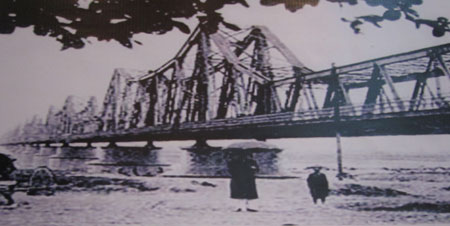 |
|
Doumer Bridge – Long Bien Bridge in the early years |
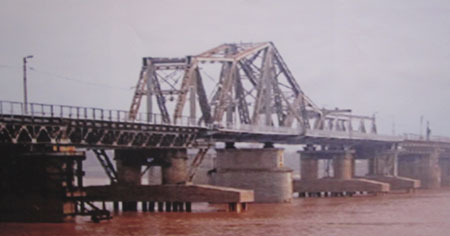 |
|
Long Bien Bridge was damaged due to war |
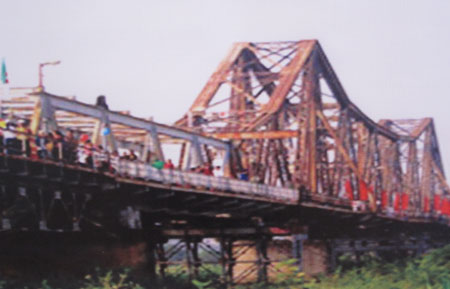 |
|
Festival of arts on Long Bien Bridge – The Bridge for peace |
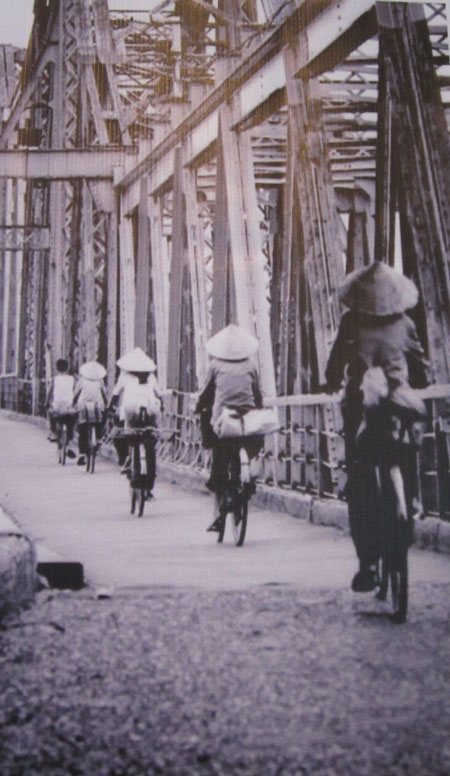 |
|
Long Bien Bridge in the peaceful life |
 |
|
“Dragon Bridge” – Photo: Thor Jorgan Udvang Shuttestock |
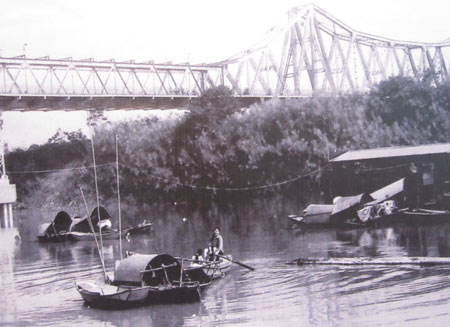 |
|
Long Bien Bridge is familiar to the fishermen and farmers who work
the alluvial island which the bridge crosses |
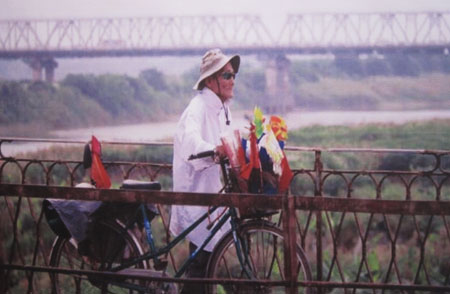 |
|
Crossing Long Bien Bridge to the centre of the city – Photo: Le Thi Mai Huong |
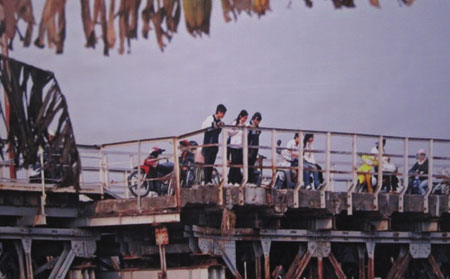 |
|
"Viewpoint" - Photo Dominique De Miscault |
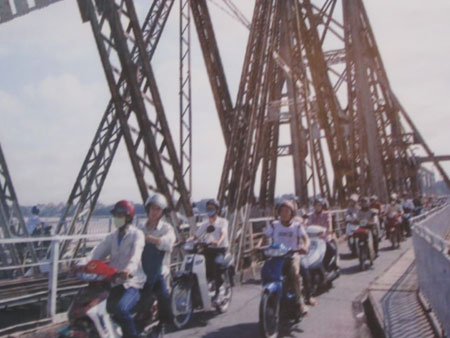 |
|
Traffic on Long Bien Bridge – Photo: Le Thi Mai Huong |
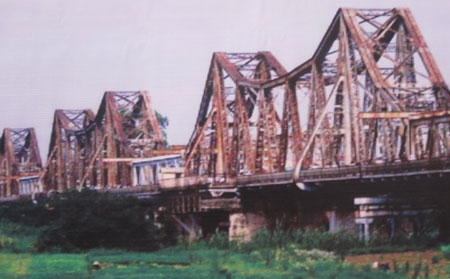 |
|
Long Bien Bridge in the "Dragon Bridge" work by Thor Jorgan Udvang Shuttestock |
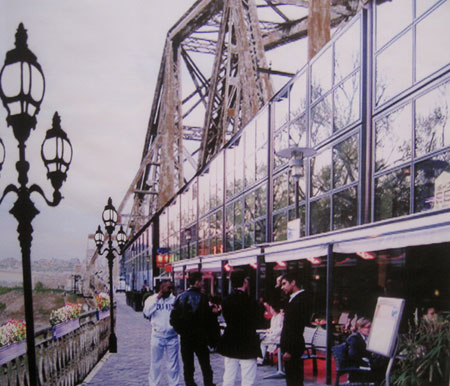 |
|
An image of Long Bien Bridge in the future as a pedestrian bridge for
cultural and artistic activities. One somewhat far-fetched idea is that
Long Bien Bridge would become a museum, showroom, coffee shop
and restaurant within a glass vault structure |